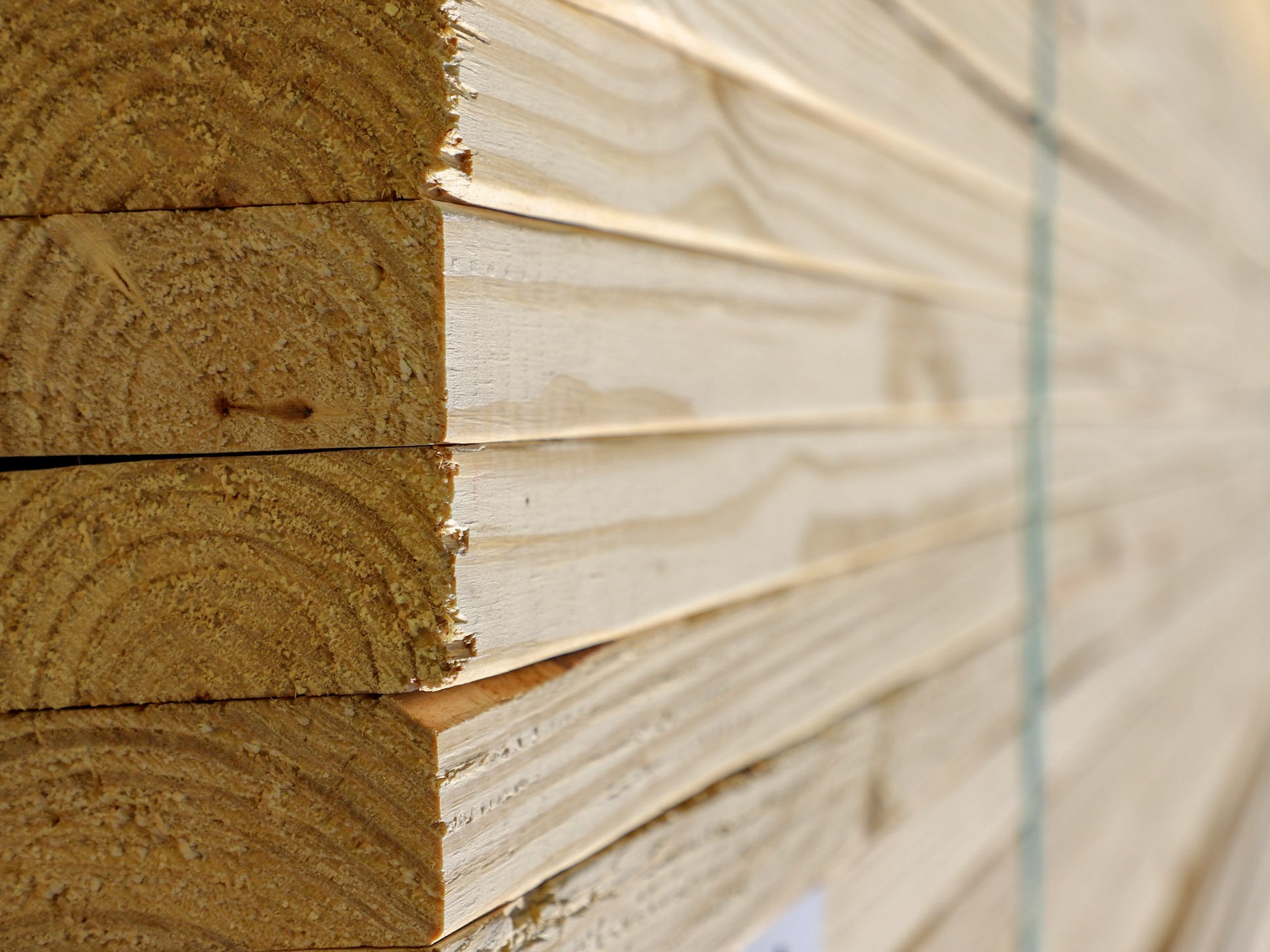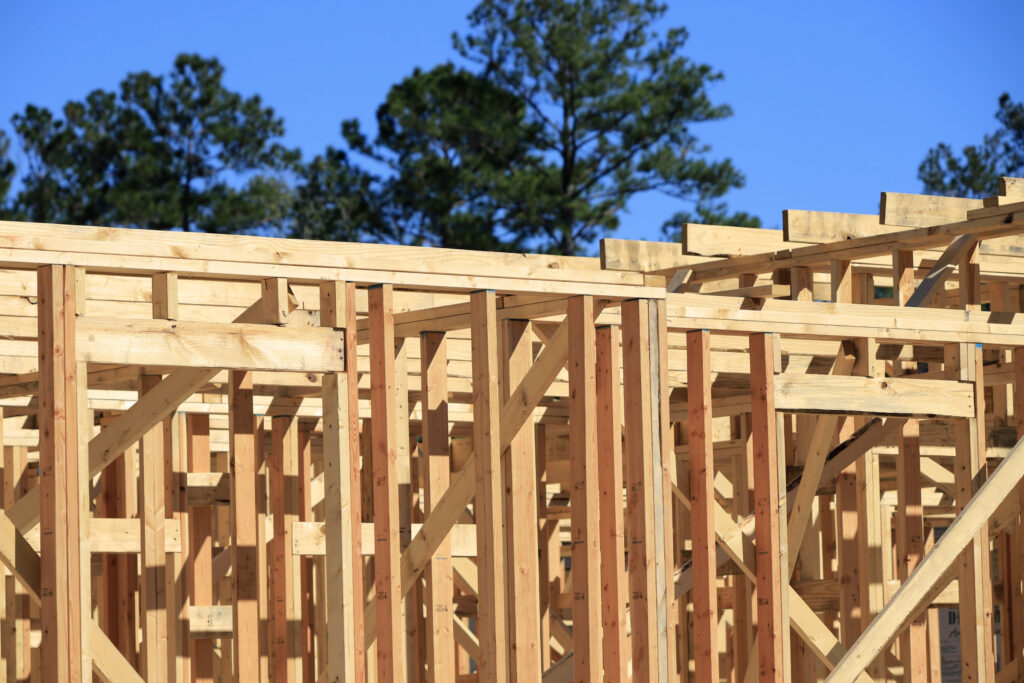Southern Pine Lumber: The Environmentally Friendly Choice
- Wood products are produced from trees, a naturally renewable resource. More wood is grown each year in the United States than is harvested.
- Waste is virtually eliminated when trees are used to make wood products, because bark, trim, and sawdust are used as an energy source to help power wood production facilities. It takes far less energy and fossil fuels to produce wood products than to manufacture concrete and steel.
- The durability of wood products extends the life of a home. Wood products also store carbon, reducing the amount of carbon in the atmosphere.
- At the end of their initial service life, wood products are easily recycled for other uses. Wood contributes fewer greenhouse gas emissions than non-renewable steel and concrete.
- Study after study around the world has shown that American wood products outperform others over their complete life cycle.
- One study, conducted by the Consortium for Research on Renewable Industrial Materials (CORRIM) compared the environmental impacts of homes framed with wood and steel in Minneapolis and with wood and concrete in Atlanta – the framing types most common to each city. According to the report, the homes framed in steel and concrete would require 17 and 16 percent more energy, respectively, (from extraction through maintenance) than their wood-framed counterparts.


Derived from
a Healthy Source
A study from the Society of American Foresters reports that the United States has about 750 million acres of forestland, a number that has remained relatively stable for the past 100 years. Other notes include:
- On average, 11 percent of the world’s forestland benefits from some type of conservation effort.
- Historical trends indicate that the standing inventory (volume of growing stock) of hardwood and softwood tree species in U.S. forests grew 49 percent between 1953 and 2006.
- An estimated 25 percent of U.S. private forestland is managed in accordance with one of the three major forest certification programs Sustainable Forestry Initiative (SFI), Forest Stewardship Council (FSC), and the American Tree Farm System (ATFS).
Costs Less
A study of two almost identical homes – one framed with wood, one with cold-formed steel – showed the builder’s cost for the steel-framed home was 14.2 percent higher than the wood-framed home. The steel-framing package cost (framing labor and material) was 42.4 percent higher than that of a wood-framing package.
Total framing time (labor hours) for the steel house was 4.3 percent higher, and the framing material cost was 43.5 percent higher. The report’s authors caution that cost differences can vary depending on labor markets and other factors.*
Know the Facts
Using wood makes the most sense when it comes to protecting our environmental health.
With growing pressure to reduce the carbon footprint of the built environment, building designers are increasingly being called upon to balance functionality and cost objectives with reduced environmental impact. Wood is a cost-effective material and a renewable resource that can help to achieve that balance.
For more information, visit:
* From Steel vs. Wood, Cost Comparison, Beaufort Demonstration Homes, a PATH research report prepared by NAHB Research Center for the U.S. Department of Housing and Urban Development (HUD), the North American Steel Framing Alliance and the National Association of Home Builders.

